Video from Oct 27 webinar
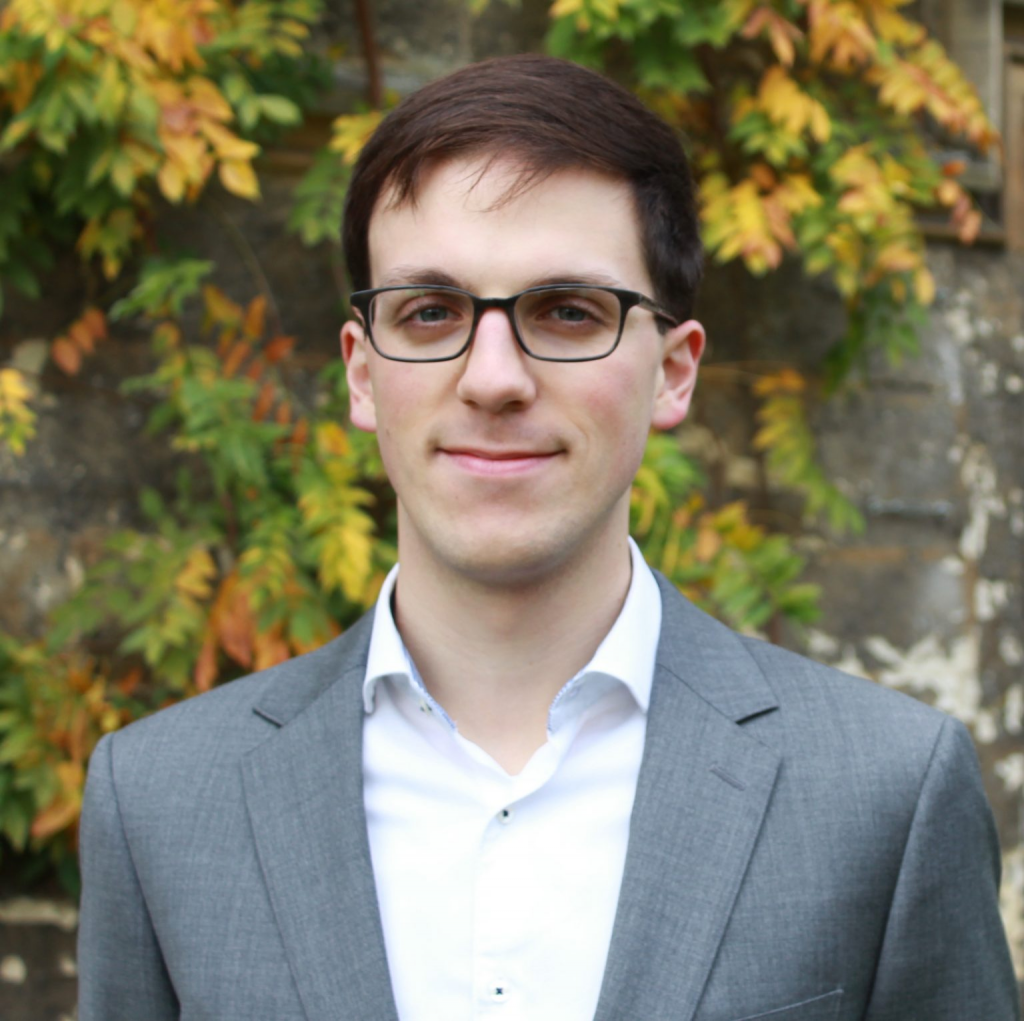
Watch Ben Schneider’s webinar on “Work and the 1918–20 Influenza Pandemic in the US” here:
https://drive.google.com/file/d/1Rlm0NWN5yvDEvRvQFgkuaX513oxTBn40/view?usp=sharing
And catch up on other past PANSOC webinars here:

Watch Ben Schneider’s webinar on “Work and the 1918–20 Influenza Pandemic in the US” here:
https://drive.google.com/file/d/1Rlm0NWN5yvDEvRvQFgkuaX513oxTBn40/view?usp=sharing
And catch up on other past PANSOC webinars here:
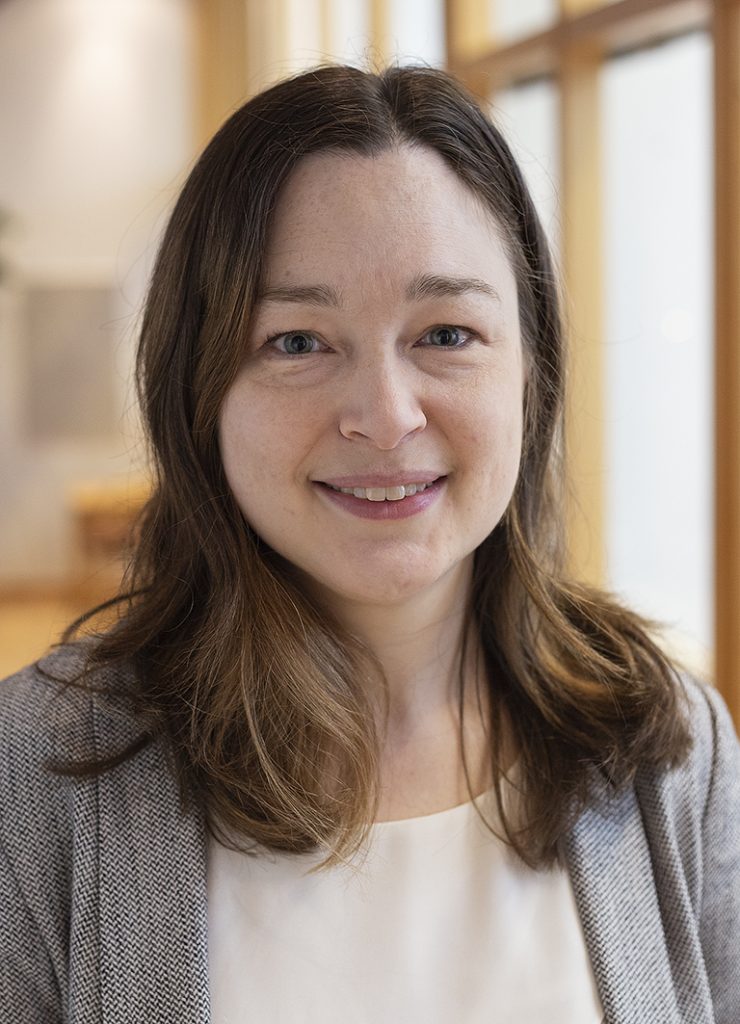
Heather Battles, The University of Auckland, will present the next PANSOC webinar: “A historical syndemic? Measles and scarlet fever in goldfields-era Victoria” on November 3 at 1600 Oslo time (remember our clocks “fall back” on October 30!). Contact jessicad@oslomet.no for a link.
How do we identify a historical syndemic? In Roberts & Battles (2021), we identified a series of synchronous epidemics of measles and scarlet fever in Victoria, Australia between 1853 to 1876, suggesting a synergistic relationship. We explored this synergy, its emergence, and ending in the context of the 1850s-70s gold-mining boom and post-boom changes in fertility, mortality, and housing infrastructure, pointing to the importance of social conditions in disease evolution. This talk will build on this and discuss work-in-progress on the use of a quantitative method to test for presence of a syndemic effect.
Heather Battles (PhD 2013, McMaster University) is a Lecturer in Biological Anthropology at The University of Auckland in Aotearoa New Zealand. Her research interests centre on applying a biocultural approach to understanding the evolution and ecology of infectious diseases in human populations and their impacts (biological and social). She specializes in historical epidemics and emerging and re-emerging infections.
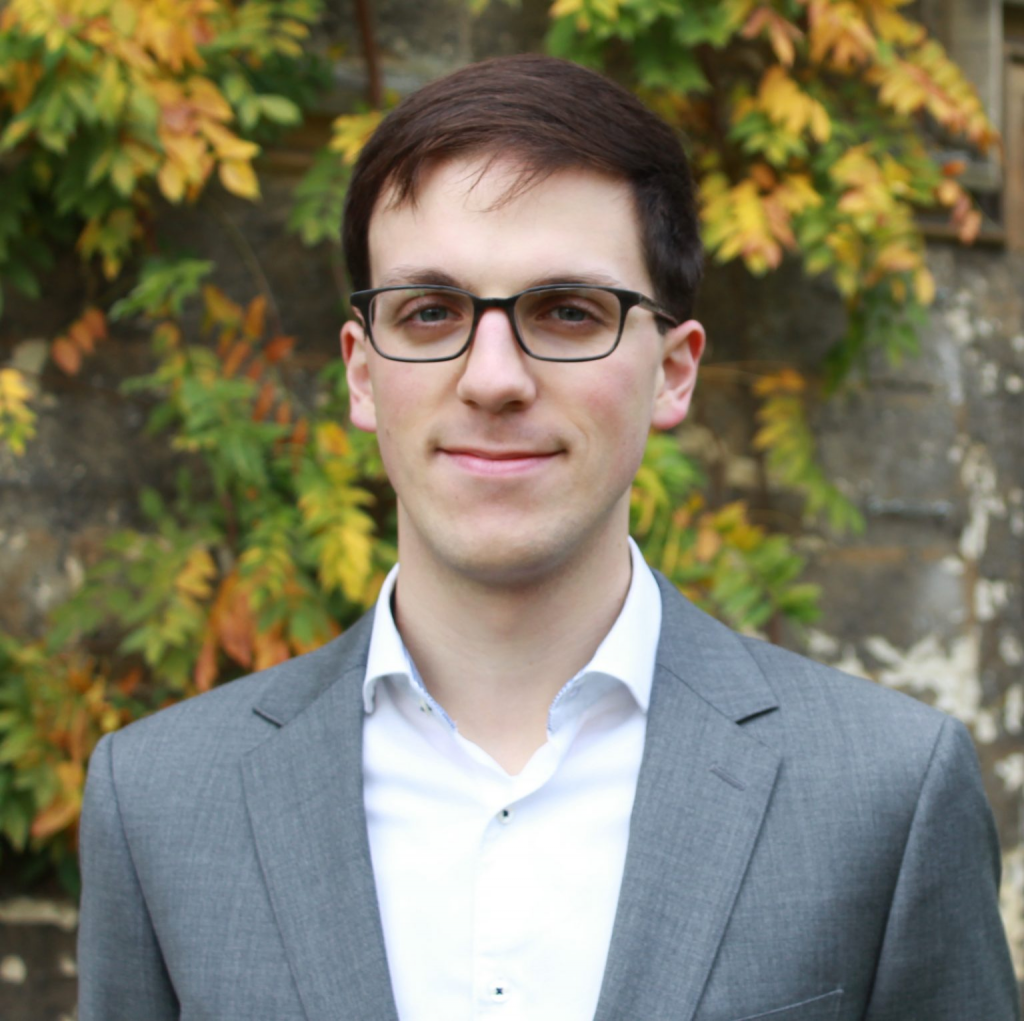
Ben Schneider, Oslo Metropolitan University, will present: “Work and the 1918–20 Influenza Pandemic in the US” on October 27 at 1600 CET. Contact jessicad@oslomet.no for a link.
Work is increasingly recognized as an important part of human wellbeing (Ahmed 2003, Green 2006) and present-day researchers have evaluated changes in work-related wellbeing during the COVID-19 pandemic (CIPD 2021). This paper uses the first historical measure of job quality (Schneider 2022) to structure analysis of how labor and working conditions changed during the 1918–20 influenza pandemic in the United States. Contemporary reports suggest that in addition to the direct disease impacts of the pandemic, the Spanish flu also disrupted earnings and may have increased workplace accidents. This research contributes to scholarship on pandemic impacts and provides a comparison point for present-day work and wellbeing studies during the COVID-19 pandemic.
Ben Schneider is a historical social scientist of work and wellbeing and a Postdoctoral Researcher at the Centre for Research on Pandemics and Society, Oslo Metropolitan University. His research examines how the quality of jobs has changed in the past, focusing on the effects of disease outbreaks and technological change. His previous work analyzed technological unemployment and the incentives for innovation in the British Industrial Revolution. He has a PhD in Economic and Social History from the University of Oxford.

Catch up on recent PANSOC webinars here!
Sushma Dahal, Georgia State University, “Investigating COVID-19 transmission and mortality differences between indigenous and non-indigenous populations in Mexico.”
https://drive.google.com/file/d/1pCAQJTT6VNlJSpUK0sF2DPgCIHSF8V2z/view?usp=sharing
Alexi Gugushvili, University of Oslo, “The COVID-19 Pandemic and War: The Case of Ukraine.”
https://drive.google.com/file/d/130_BjrV1NUIvIZqkL1HNrO6LgfM3mXJF/view?usp=sharing
Masato Shizume, Waseda University, “The Great Influenza Pandemic in Japan: Policy Responses and Socioeconomic Consequences.”
https://drive.google.com/file/d/1NqroXG-sQFi_fBlOLeHIjSO0yna4UHHo/view?usp=sharing
And other past webinars can be found here:

On 20 October, Masato Shizume, Waseda University, will present “The Great Influenza Pandemic in Japan: Policy Responses and Socioeconomic Consequences.” Please note we will meet at 1500 CET, one hour earlier than usual. Contact jessicad@oslomet.no for a link.
This paper explores the socioeconomic consequences of the 1918-1920 Great Influenza Pandemic (GIP) in Japan. First, it reviews the chronological and geographical patterns of the disease’s spread and policy responses by the government. It then employs panel analyses to test the quantitative effects of the pandemic on socioeconomic indicators such as population growth, factory employment, wage, capital formation, and income. The study finds that 1) Japan was hit by the pandemic twice, once in the winter of 1918-1919 and again in the winter to spring of 1919-1920, with the urban population facing a greater risk to life because of greater exposure to the virus, while the rural population was more likely to succumb to the disease when infected, 2) the pandemic seemed to have a noticeable effect on socioeconomic activities in the short and medium terms, suggesting a trigger of population outflows and substitution of labor by capital without any adverse effect on income, and 3) the government response included medical and public health measures but not economic measures. Though the GIP was similar to COVID-19 in terms of epidemiological patterns, it was very different in terms of human agency and socioeconomic consequences.
See also: https://www.rieb.kobe-u.ac.jp/academic/ra/dp/English/dp2022-27.html
Masato Shizume is a professor of economic history at Waseda University. His research focuses mainly on the history of money and credit and the emergence and developments of the modern society and state in Japan. His recent publications include The Japanese Economy During the Great Depression: The Emergence of Macroeconomic Policy in A Small and Open Economy, 1931–1936, Springer, 2021; “Historical Evolution of Monetary Policy (Goals and Instruments) in Japan: From the Central Bank of an Emerging Economy to the Central Bank of a Mature Economy,” Stefano Battilossi, Youssef Cassis, and Kazuhiko Yago, editors, Handbook of the History of Money and Currency, 2018.
We are proud to announce that one of our earlier masters’ students just published a paper in BMC Public Health.
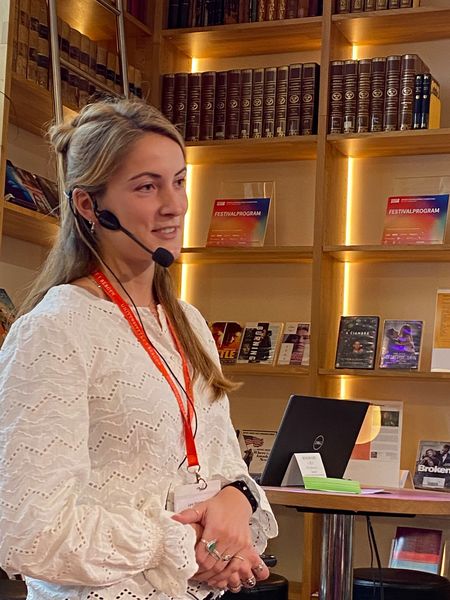
Results show that vaccine hesitancy was low overall (5.8%). Findings indicate that participants with younger ages, lower education, and lower household income, and those born outside of Norway were prone to vaccine hesitancy. Over half of the vaccine hesitant sample cited barriers relating to confidence in the vaccines. Women and participants born in Norway were more likely hesitant due to fear of side effects and there being little experience with the vaccines. Otherwise, complacency barriers such as not feeling that they belonged to a risk group (46.1%), not needing the vaccines (39.1%), and wanting the body to develop natural immunity (29.3%) were frequently selected by participants.
You can read the full paper here: Sociodemographic predictors of and main reasons for COVID-19 vaccine hesitancy in eastern Oslo: a cross-sectional study (springer.com)

On 6 October at 1600 CET, Alexi Gugushvili, University of Oslo, will present “The COVID-19 Pandemic and War: The Case of Ukraine.”
The COVID-19 pandemic may change the dynamics of existing conflicts or may create conditions for violence through heightened nationalism, xenophobia, or economic hardship. Eastern Europe has been one of the hot spots of the pandemic, and it is currently a location of the most intense interstate armed conflict since the Second World War. In this talk, I will outline possible channels linking pandemics and heightened probability for armed conflict occurrence. I will also describe the COVID-related developments in Russia and Ukraine which preceded president Putin’s decision on the full-scale invasion of Ukraine on February 24, 2022.
Contact jessicad@oslomet.no for a link.

In case you missed the start of this semester’s PANSOC webinar series, catch up here:
Kirsty Short, The University of Queensland, “Obesity and viral disease: lessons for pandemic preparedness.”
https://drive.google.com/file/d/1KitOcdQl7lxjqhP8f-CdE_Sbvm71bfQW/view?usp=sharing
Nele Brusselaers, Antwerp University & Karolinska Institutet & Ghent University, “How science affected Covid-19 policy in Sweden.”
https://drive.google.com/file/d/1Z25XYP35uTOTE604L6E3RUOvNlR480Xf/view?usp=sharing
And watch other past webinars here:
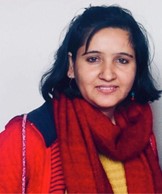
Sushma Dahal, from Georgia State University, will present: “Investigating COVID-19 transmission and mortality differences between indigenous and non-indigenous populations in Mexico.” (Contact jessicad@oslomet.no for a link.)
Globally, indigenous populations have suffered worse health consequences during the past pandemic, such as the 1918 influenza pandemic and the 2009 H1N1 pandemic. Not many studies have assessed the impact of COVID-19 among indigenous groups. Our team studied the mortality impact of COVID-19 among indigenous and non-indigenous populations in Mexico, the country with the highest indigenous populations in the Americas. The webinar presentation will focus on this study’s methods, results, and public health implications.
Study team: Sushma Dahal, Svenn-Erik Mamelund, Ruiyan Luo, Lisa Sattenspiel, Shannon Self-Brown, and Gerardo Chowell.
Bio: Sushma Dahal, MPH is a Second Century Initiative (2CI) Doctoral Fellow in the School of Public Health at Georgia State University (GSU), USA. She was a Fulbright scholar during her MPH studies at GSU. She has previously worked as an epidemiologist at Nepal Health Research Council. Her research interest focus on estimating excess mortality during pandemics, assessing the impact of health emergencies on vulnerable populations, and mathematical modeling of infectious diseases.
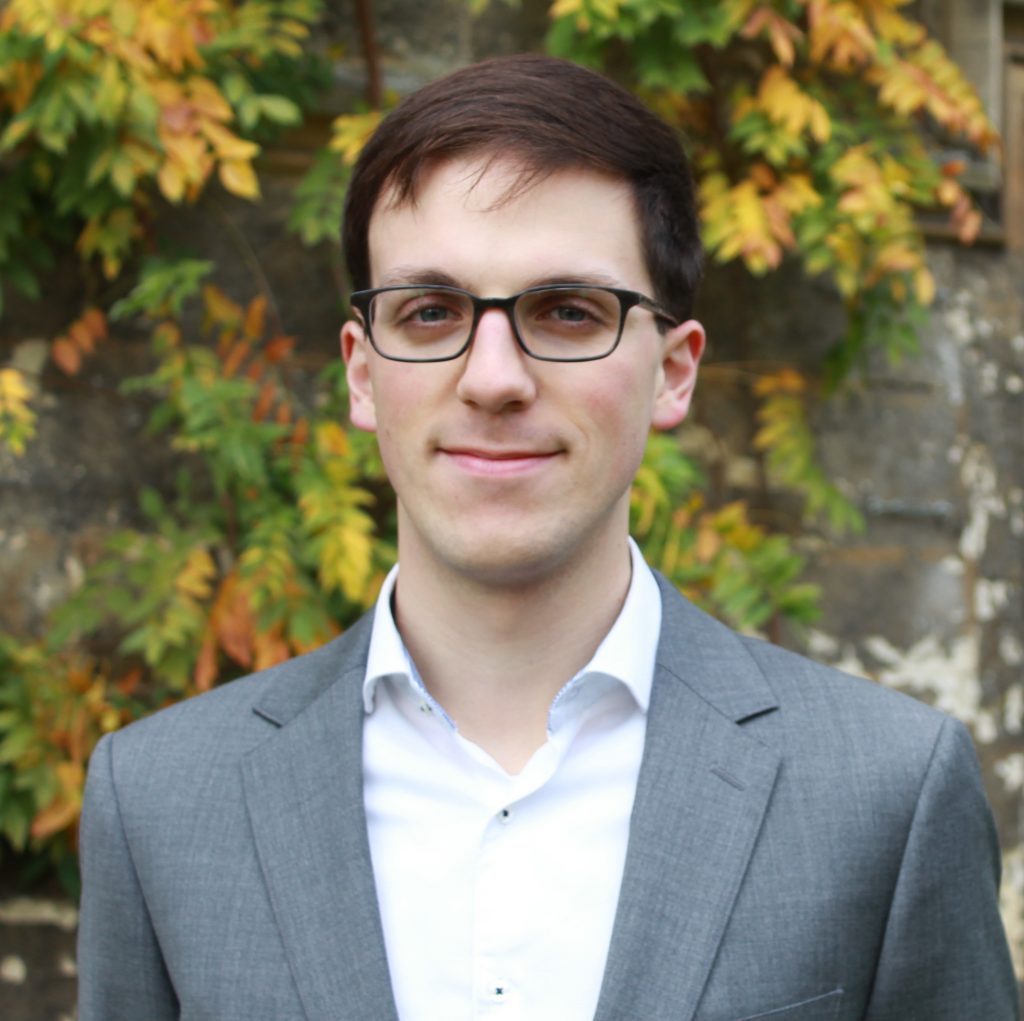
We at PANSOC are so happy and proud to announce that one of our Post-docs, Benjamin Schneider, has been selected for the Young CAS fellowship porogram 2022-2024.
Yo can read more about Bens project here: Introducing the Young CAS Fellows 2023/2024 – CAS